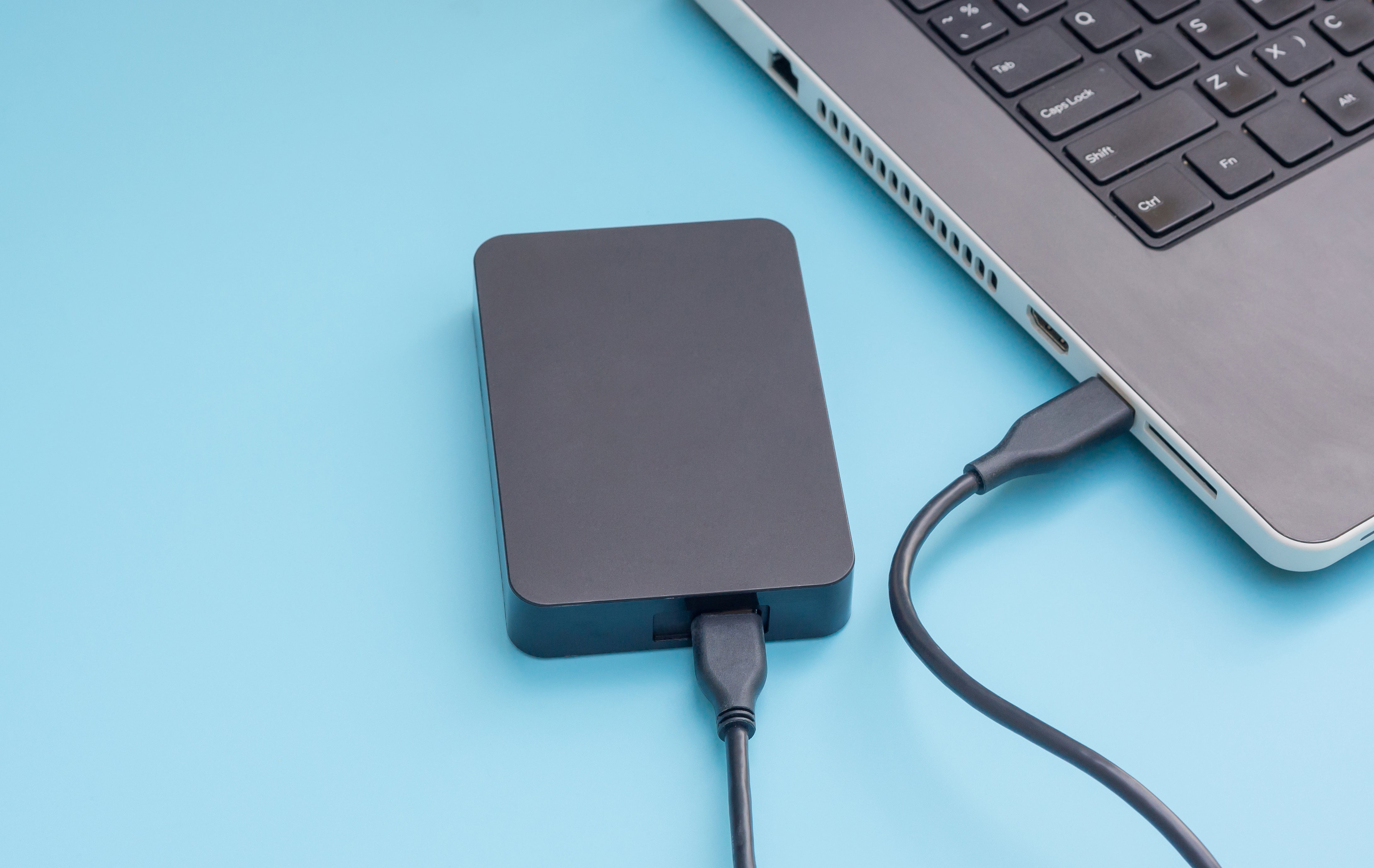- Best for deployment on multiple systems: Clonezilla
- Best for reliability: Macrium Reflect Free Edition
- Best for basic users: DriveImage XML
- Best for a variety of backup methods: EaseUS Todo Backup
- Best for simple backup and recovery: Paragon Backup & Recovery Free
It’s inevitable: at some point you’re going to need to recover from a disaster. You’ll have an old hard drive fail and either you’ll lose valuable data, or the machine will refuse to boot. When this occurs, if you happen to have a backup image or clone of the damaged or corrupt source drive, recovering your data to a new drive will be far easier.
SEE: Use this software usage policy from TechRepublic Premium
Unfortunately, retail hard disk imaging software, like Acronis Backup and Restore, may not be in everyone’s budget. When you don’t have the budget, what do you do? You use one of the disk imaging utility tools listed here, all of which do an admirable job of cloning a hard disk drive at an unbeatable price, free.
Some of these hard drive cloning apps are more powerful than others. While some will do a-bit-for-bit copy, others create a full ISO image of your running system. Some are Windows specific, and others don’t care what operating system you’re running. In the end, what’s important is that you use the tool that best suits your skills and needs.
Top free HDD cloning software
| Software | Disk imaging | Disk cloning | Data encryption | Differential backup | Commercial version |
|---|---|---|---|---|---|
| Clonezilla | Yes | Yes | Yes | Yes | No |
| Macrium Reflect Free Edition | Yes | Yes | Yes | Yes | Yes |
| DriveImage XML | Yes | Yes | No | No | Yes |
| EaseUS Todo Backup | Yes | Yes | Yes | Yes | Yes |
| Paragon Backup & Recovery Free | Yes | Yes | Yes | Yes | Yes |
Clonezilla is one of my favorite HDD cloning tools. This particular take on the cloning process is more like a bootable Linux distribution that can do bit-by-bit copying, and it supports a ton of file systems (including FAT32, NTFS, HFS+, UFS, NetBSD, OpenBSD, xfs, jfs, btrfs, f2fs, nilfs2 and even LVM2). There’s an unattended mode and multicast support built-in, as well as the ability to reinstall the Grub bootloader. Clonezilla might be the single most powerful disk copy tool available that doesn’t have a price tag. And if you’re looking to clone multiple machines quickly, Clonezilla SE can clone 40 machines at once. Clonezilla does use a curses-based interface, so some might find it a bit challenging at first.
Clonezilla: Best for deployment on multiple systems
Standout features
Pros
Cons
Highly customizable.
Interface isn’t user-friendly and feels outdated.
Strong encryption.
No direct download.
Macrium Reflect Free Edition touts itself as one of the fastest disk cloning utilities available. This hard drive cloning software supports only Windows file systems, but it does it quite well and has a fairly straightforward user interface. This software does disk imaging and disk cloning, allows you to access images from the file manager, creates a Linux rescue CD and is compatible with Windows. The Macrium free edition is also capable of creating differential images, doing direct-disk cloning, booting backups into a Hyper-V virtual machine, running scheduled backups, doing bare-metal restores and even encrypting backups.
Macrium Reflect Free Edition: Best for reliability
Standout features
Pros
Cons
Lifetime license.
No file sync.
Reliable image backups.
No cloud backup.
DriveImage XML uses Microsoft VSS to create images and does so with the reliability you might not expect in a free tool. With DriveImage XML you can create “hot” images from a hard disk already in use. Images are stored in XML files, so you can access them from any supporting third-party software. DriveImage XML can also restore an image to a machine without the need for a reboot. This imaging software runs under Windows XP, 2003, Vista, Windows 7, Windows 8 and Windows 10. It’s important to note that you cannot use DriveImage XML commercially. To use this product for business purposes, you must obtain a license. You can purchase a commercial DriveImage XML license for 5 ($100), 10 ($150), 20 ($200), 50 ($400) and 100 ($500) users.
DriveImage XML: Best for basic users
Standout features
Pros
Cons
Easy to use.
Limited support.
No reboot required.
No encryption or network backup.
EaseUS Todo Backup is one of top free hard disk cloning software that offers a wide range of cloning options including partition cloning. With EaseUS Todo Backup, users can do full or incremental backups, and can schedule backups. The paid plans add more functionality to the software through advanced tools such as command-line backup, email notifications and off-site copies.
EaseUS Todo Backup: Best for a variety of backup methods
Standout features
Pros
Cons
Extensive range of cloning options.
Slow backup speed.
User friendly interface.
Lack of continuous backups.
Paragon Backup & Recovery Free is for stand-alone Windows machines, and it does a great job of handling scheduled imaging. The Community Edition of Paragon can schedule backups of files, volumes and/or disks; backup strategy definition; disk space management; version control; viewing contents of backups and even recovery using WinPE. It also has an intuitive user interface. The free version is based on the powerful pro version, but it’s for personal use only. I highly recommend using the free version to try out the software. If it fits the bill, pony up for the full version (or even the server version). Paragon will run on any version of Windows, version 7 SP1 and newer. Paragon Backup & Recovery Free: Best for simple backup and recovery
Standout features
Pros
Cons
Back up to virtual hard drives.
No partition imaging.
Variety of backup rotation schemes.
No customer help forum.
Honorable mention: Linux dd command
As a freebie, I thought it worthwhile to mention the Linux dd command, which does a great job of cloning drives. And best of all, it’s already built into the operating system.
You can use dd to create a disk image or a byte for byte copy. Note: You don’t want to run this on a mounted drive that’s in use. Your best bet is to boot the machine housing the drive with a live Linux distribution, find the name of the drive to be cloned and issue a command such as
dd if=/dev/sdX of=/image.img
where X is the letter assigned to the drive to be cloned.
You could also do a direct to disk copy
dd if=/dev/sdX of=/dev/sdY
where X is the name of the drive to be cloned and Y is the name of the drive to house the clone.
Choosing the right HDD cloning software for your business
You’ve been looking for a free backup solution that will help clone disks. With one of these five, you should now have a solution in hand. Yes, some of them might be a bit challenging to use and some might not have all the features you’re looking for; however, each should allow you to clone a source disk to target disk to make your disaster recovery plan come to life. With luck, you won’t need anything more — but there’s a little law named after a man called Murphy that might have something to say about that.

